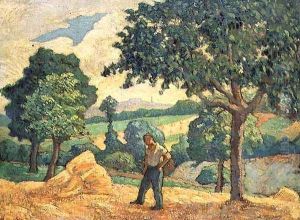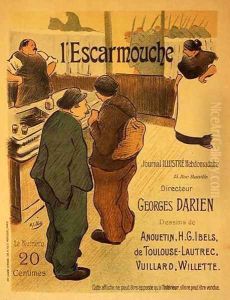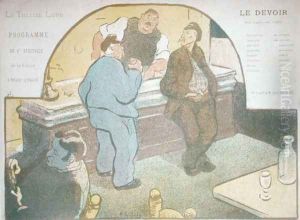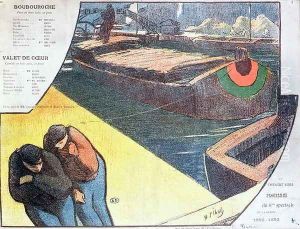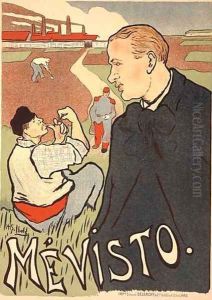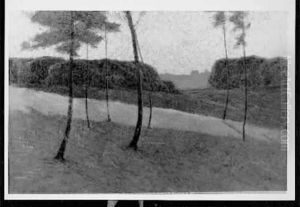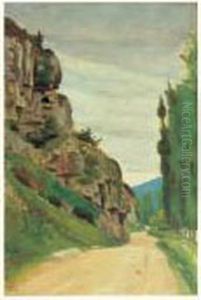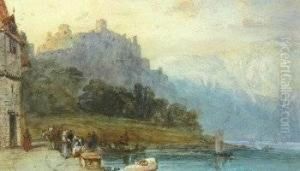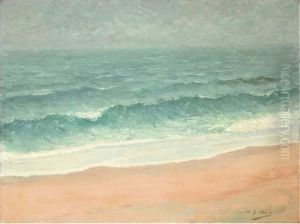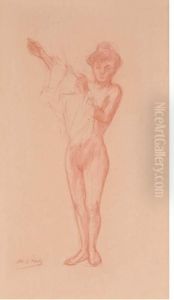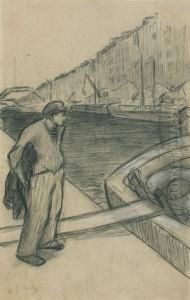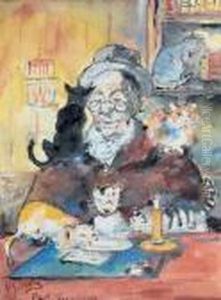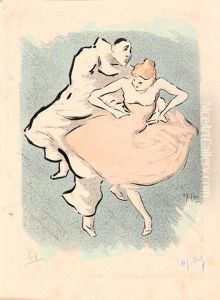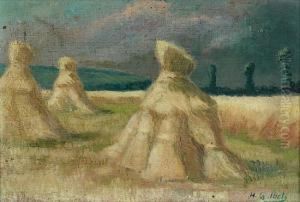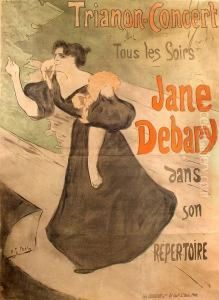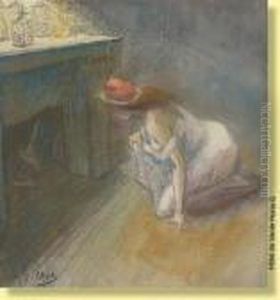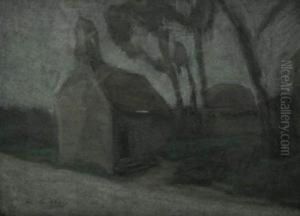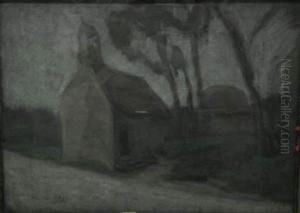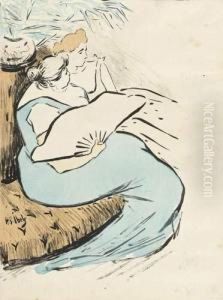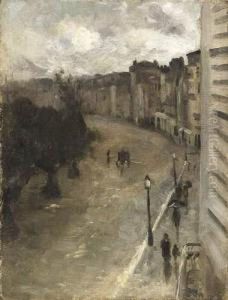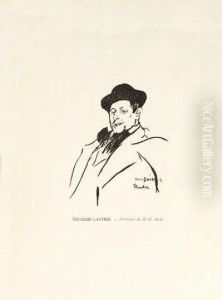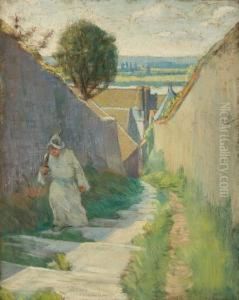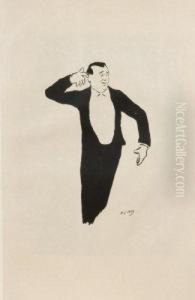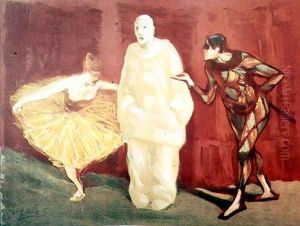Henri-Gabriel Ibels Paintings
Henri-Gabriel Ibels was a French illustrator, printmaker, and painter, born on November 30, 1867, in Paris. He was a prominent figure in the late 19th-century French art scene and closely associated with the Nabis, a group of Post-Impressionist avant-garde artists who set the pace for fine arts and graphic arts in France in the 1890s.
Ibels attended the Collège Stanislas in Paris before he began his education in art at the École des Beaux-Arts, where he met Pierre Bonnard, Édouard Vuillard, and other future members of the Nabis group. He was particularly influenced by the graphic arts, which is evident in his bold linear style and use of flat areas of color, which were innovative at the time and reflected the movement's interest in Japanese woodcuts and the simplification of form.
As a lithographer and illustrator, Ibels contributed to the development of the modern poster and was actively involved in the vibrant cultural milieu of Paris. He illustrated books, designed theater sets and programs, and created graphics for the famous Le Chat Noir cabaret. His work was often featured in periodicals such as 'Le Courrier français' and 'L'Estampe originale,' publications that were central to the graphic art movement of the period.
Ibels' subject matter ranged widely, reflecting the interests and concerns of the Nabis. He depicted scenes of contemporary Parisian life, including the circus, cafes, street scenes, and theater. He was also known for his social commentary, as seen in his depictions of the working class and his involvement with anarchist circles, which led him to illustrate works for various leftist publications.
Despite his connections with the Nabis, Ibels maintained his unique style, characterized by a combination of realism and decorative aesthetics. His works are often marked by a sense of immediacy and a dynamic line that captures the essence of his subjects.
Henri-Gabriel Ibels' contributions to the graphic arts were significant during his lifetime, and his works are still recognized for their role in the evolution of modern art. He continued to work as an artist until his death on February 27, 1936, in Paris. Throughout his career, he remained committed to the expressive potential of the graphic arts and played a key role in bridging the gap between traditional techniques and the emerging styles of the early 20th century.
![<mevisto>, [1895].
Tres Grandeaffiche](https://www.niceartgallery.com/imgs/1384843/s/henrigabriel-ibels-mevisto-1895-tres-grandeaffiche-7376cfdc.jpg)
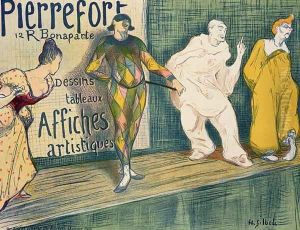
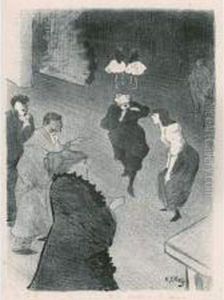
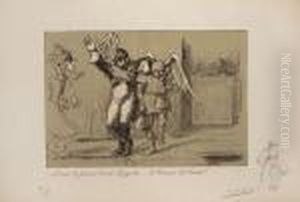
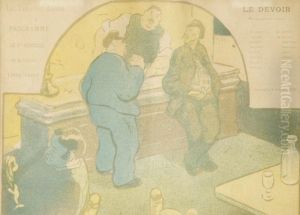
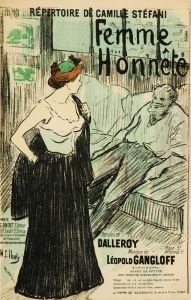
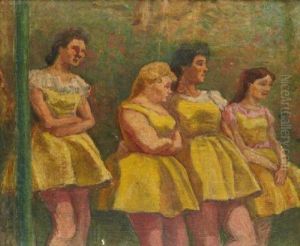
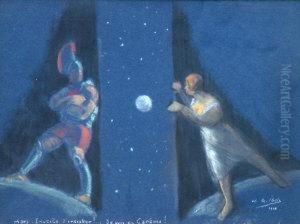
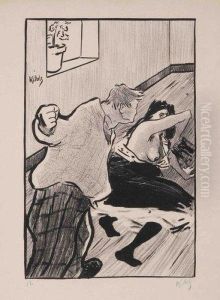
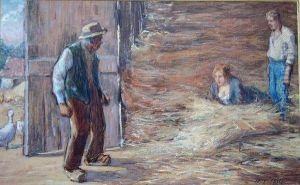
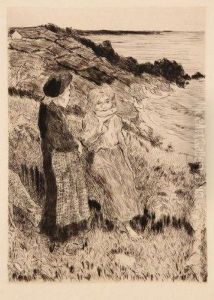
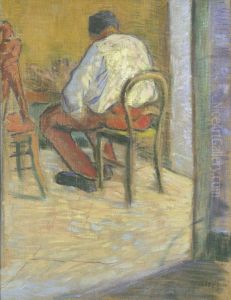
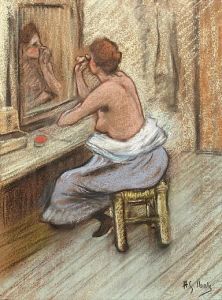
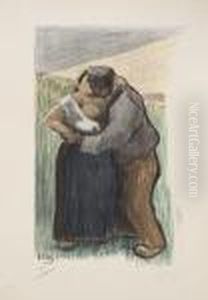
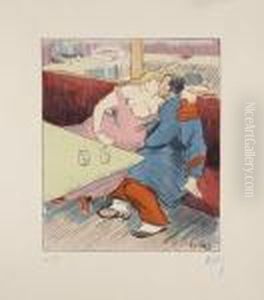
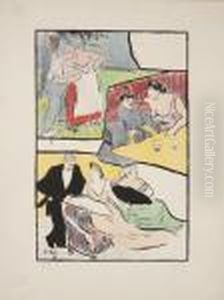
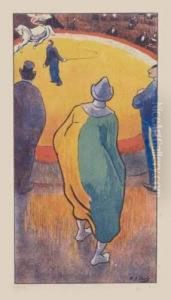
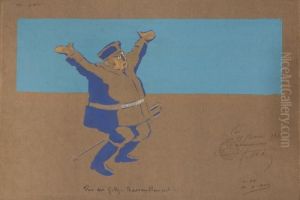
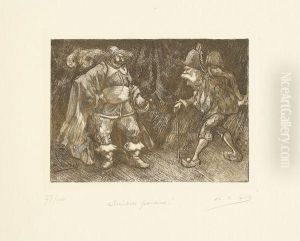
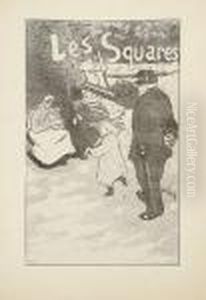
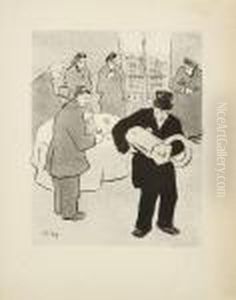
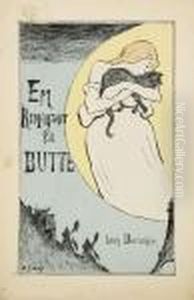
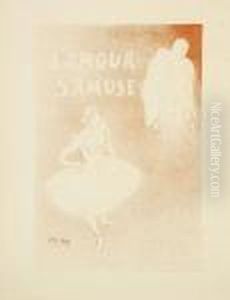
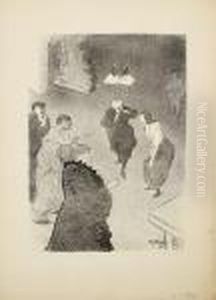
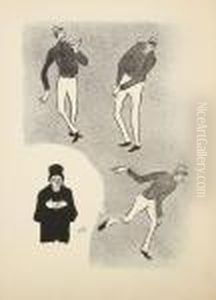
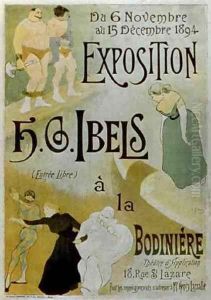
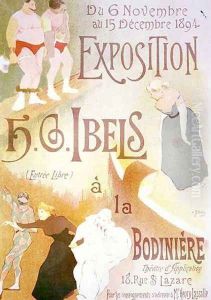
![[couple Dans La Nuit, Au Loin Un Fiacre]. Illustration Pour Une
Melodie. Vers 1900.](https://www.niceartgallery.com/imgs/1384841/s/henrigabriel-ibels-couple-dans-la-nuit-au-loin-un-fiacre-illustration-pour-une-melodie-vers-1900-7c2c92d.jpg)
